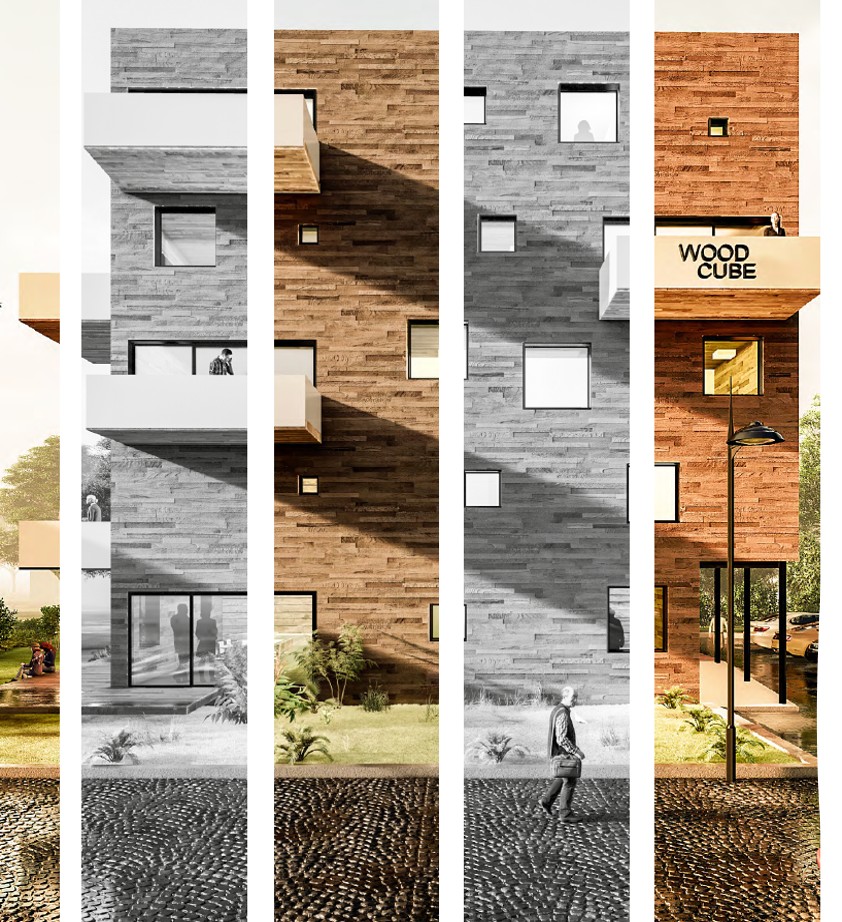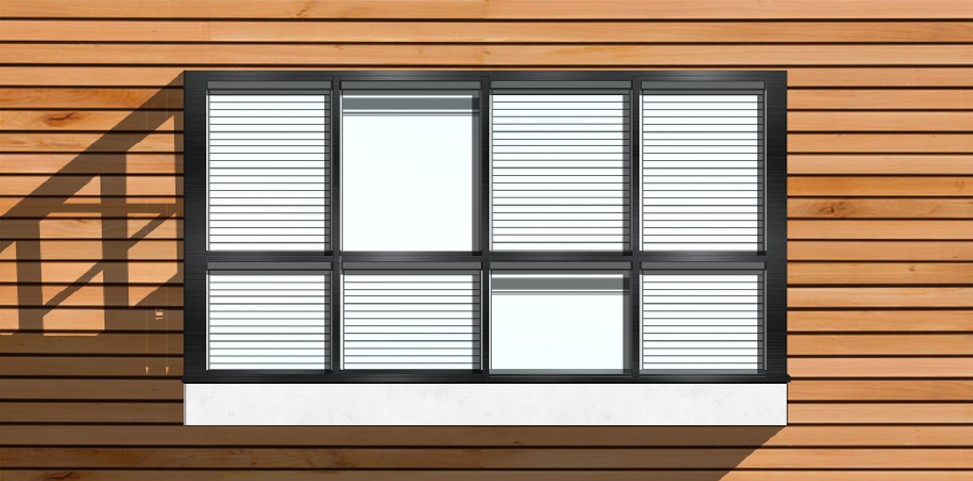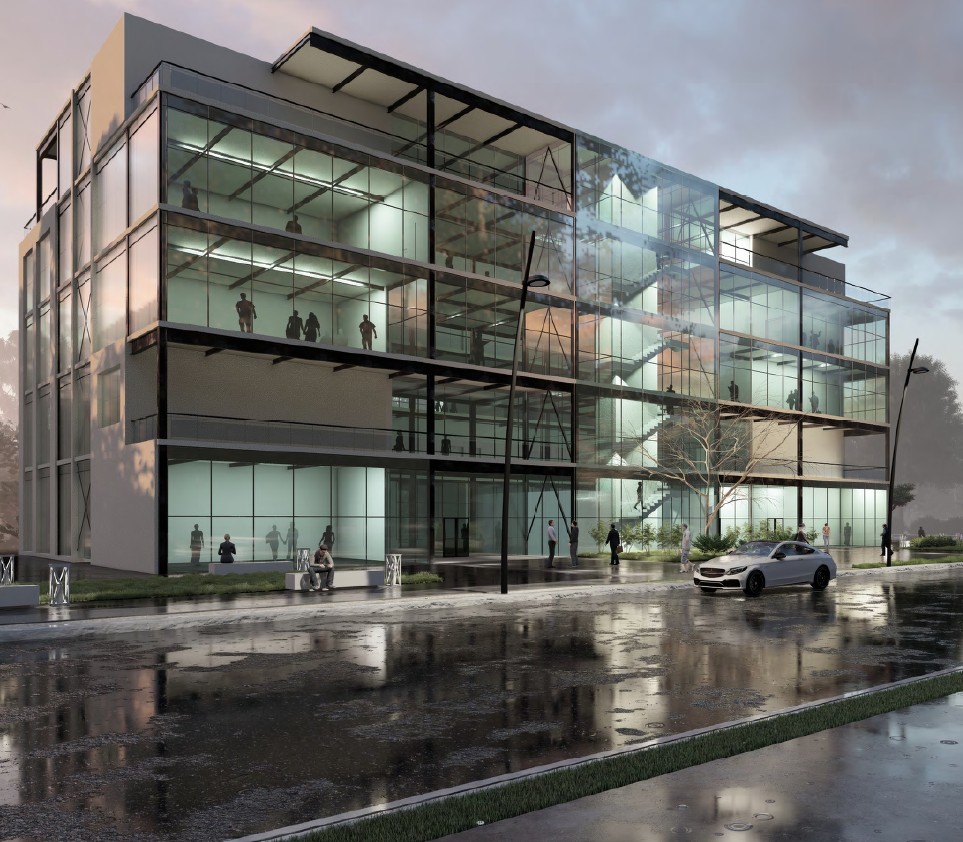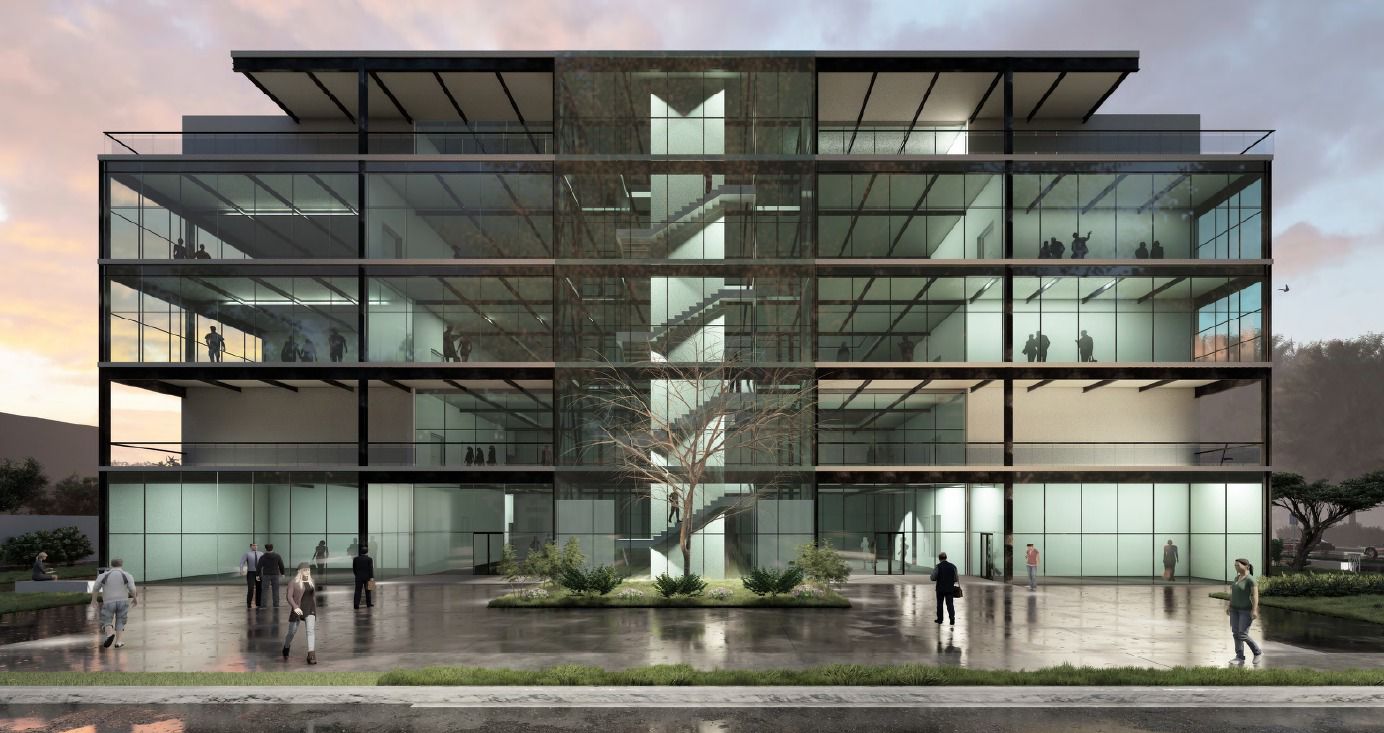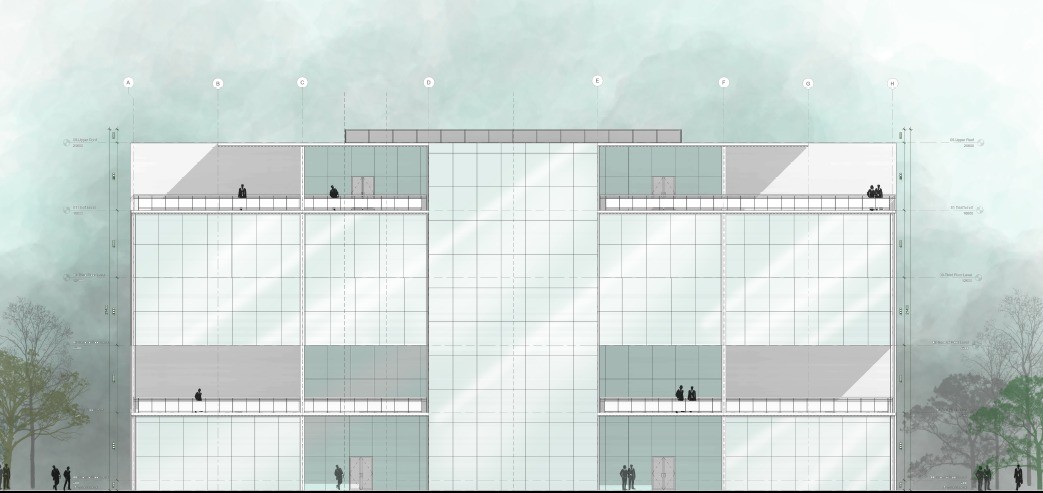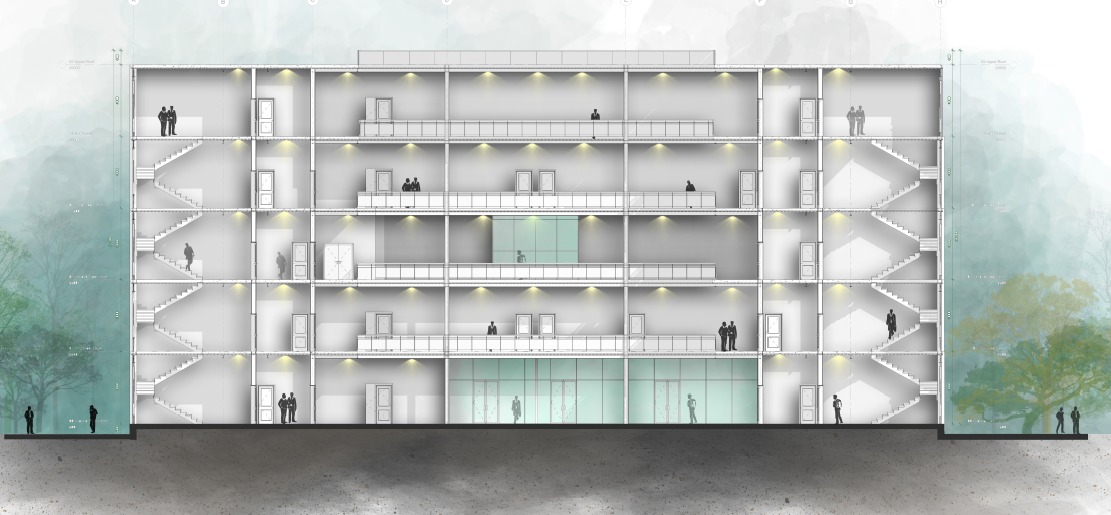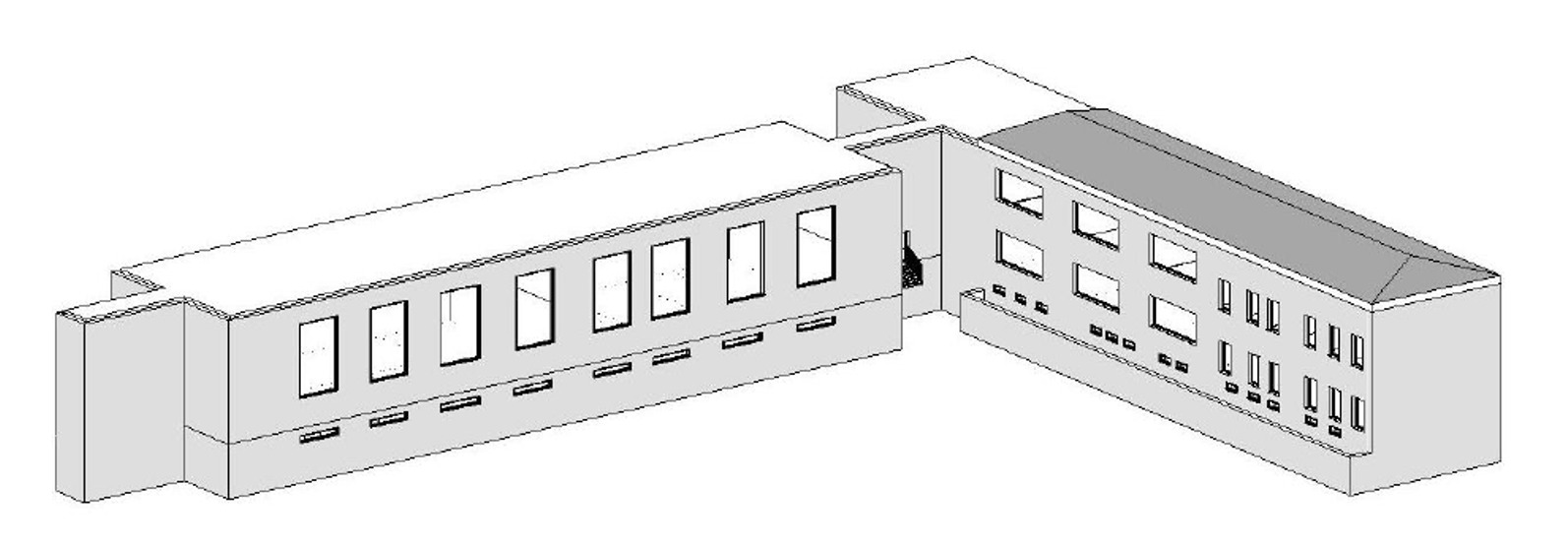Our projects
Value Adding Projects
STUDIO AVANTI projects combine aesthetics and functionality without compromising sustainability. Each of our projects aims to create new value for the city in which it is located.
Hamburg
Woodcube
WoodcubeIn 2013 International Building Exhibition IBA Hamburg It is an innovative public housing project implemented in the Wilhelmsburg region.
Building Features & Construction Techniques
- The structure is defined as “leimfreie Holzmassivbau”, without using glue or adhesive It has a built structure system.
- Structural elements on exterior and interior surfaces, beech nails instead of screws It consists of layered wooden elements joined together.
- Outer wall thickness approx. 32 cm, provides natural insulation by containing 3 cm thick wood soft fibre board (Holzweichfaser).
- All externally anchored balcony structural elements and interior surfaces were left in wood; the wood was planned to age naturally throughout the structure.
- While the central core (elevator & stairs) is reinforced concrete, the remaining entire load-bearing system is made of wood.
- Thanks to the high proportion of prefabricated wooden elements, the wooden shell was assembled in just four weeks.
Energy Efficiency & Sustainability
- Woodcube, CO₂-neutral Designed as a structure, it does not create carbon emissions during both the construction process and during use.
- It meets the KfW Efficiency House 40 (Effizienzhaus 40) standards and almost approaches Passivhaus level.
- During the construction phase, compared to traditional building types, 8,500 tons of CO₂ savings were achieved.
- In addition to standard heating and cooling, the building minimizes energy use with PV solar panels, heat recovery ventilation and energy-connected central systems.
Architecture & Usage
- The building has a net living area of approximately 900 m² and houses 8 apartments; the apartments vary between 90–190 m².
- Since flexible interior planning is made possible, the location and area of the apartments can be revised according to user wishes.
- The architecture of the building was designed by Stuttgart-based "architekturagentur"; the visibility of the wood material is emphasized, from the interior to the exterior.
Awards & Recognition
- 2013 – TOP3 German Sustainability Award (Deutscher Nachhaltigkeitspreis)
- 2012 – “Land of Ideas” The award
- 2012 – IBA Excellence Plaque
- 2013 – AIV (German Architecture Institute) Building of the Year The award
- 2014 – BDA Hamburg Architecture Award
What Did We Do?
STUDIO AVANTI aimed to transform the Woodcube building in Hamburg into a more sustainable and self-sufficient structure through a "re-engineering" approach. The goal was to meet passive-house thermal targets, generate renewable electricity on-site, transform unused roofs and balconies into habitable energy-food-producing spaces, and meet the requirements of the Living Building Challenge, particularly the "Place" and "Energy" petals. The entire solution was designed around non-intrusive additions to the existing structure.
Heat demand reduced to passive-house level
Woodcube's current annual heating demand is 18 kWh/m²·year, targeting a value of 15 kWh/m²·year, bringing the building to passive building status. Instead of requiring dismantling and replacing exterior insulation, which would be uncomfortable for the user, the goal was to create a buffer zone/greenhouse effect by adding greenhouses to the balconies and to manage heat gains through shading optimization. This aimed to increase winter gains without increasing heat losses and control summer overheating.
On-site renewable electricity generation and electrical autonomy
Orientation for rooftop PV plant (south), 36° slope ve 1.71 m array spacing Annual radiation/production was maximized by optimizing parameters such as. From rooftop PVs ~13,762.5 kWh/year production was anticipated.
In balcony greenhouses PV cam (approx. 30 Wp/m², 70% transmittance, ~3.3% efficiency) were used to meet the greenhouse's own requirements (lighting, motors, etc.); evening use was enabled with a microinverter and batteries hidden under the floor. The greenhouse's annual consumption was ~105.8 kWh Annual PV-glass production by facade ~845 kWh (east), 797 kWh (south), 802 kWh (west) level; that is, the greenhouse has been pulled into net positive energy.
Between May and November 10.11 kWh/m²·year while excess electricity is given in December-April 3.78 kWh/m²·year additional demand has occurred; net effect, district heating/electricity dependency 6.33 kWh/m²·year It was aimed to reduce. In addition, one apartment for each EV charging scenario (with consumption data) was included in the scope of the study.
Activating unused areas (roof & balconies)
Roof not used except for maintenance green roofA livable open space was created with a vegetable garden and PV panels, thus reducing interior surface temperatures, reducing cooling needs and increasing PV efficiency.
Align with Living Building Challenge (LBC) goals
While the existing building only meets some “imperatives”, with the proposed solutions “Place” (urban agriculture, accessibility, community) and “Energy"The aim was to approach the certification criteria in petals. Rooftop agriculture (food storage and close market access), home infrastructure and even drone delivery Usage scenarios such as were discussed in this context.
Natural ventilation for comfort and IAQ
Folding windows + two skylights Air flow is provided in two directions in summer conditions ~24–25 °C reduced to the level of. Openings 26 ° C and 50% relative humidity managed the sensor-actuator system connected to the thresholds, thus eliminating the need for mechanical ventilation.
Carrier and element certifications
Aluminum frame and wooden flooring for greenhouse loads added to balconies SLS/ULS checks are being made; slab deflection limit L/360 The requirement was easily met; applicability was verified without the need for reinforcement. The stress-deflection controls of the glass (windows/skylights/PV glass) were designed below the relevant limits.
Solar control and visual-thermal balance
To prevent external shading from interrupting PV-glass production integrated jalousie in double glazing A system (with 20 mm gap) was chosen; lamella color RAL 9003 By maximizing reflection, the radiation reflected back to the PV glass was increased. This limited summer gains while also supporting electricity production.
MILAN
La Cultura È Dentro
We designed a project that will integrate into the cultural fabric of Milan. La Cultura È Dentro The multifunctional cultural center is a building where architectural design and structural engineering disciplines are brought together with a holistic approach.
Within the scope of the project; mass composition, spatial organization ve carrier system optimization The design, developed in line with the principles, has a flexible plan structure that can host cultural events at different scales.
In the structural design of the building, rigidity and stability criteria Considering the importance of hybrid use of steel and reinforced concrete systems in wide-open spaces,
In the facade design, it ensures maximum natural light to be carried to the interior spaces. permeable surfaces ve sustainable material choices comes to the fore.
Focusing on acoustic performance, energy efficiency and user comfort, engineering infrastructures has been designed in accordance with contemporary norms.
Bringing together exhibition halls, workshop areas, performance stages and social interaction spaces, this building is not only a venue for Milan's cultural life, but also a public focal point aims to gain.
NAPLES
Taddeo Plaza
Naples Office Structure – Corporate and Technical Overview
STUDIO AVANTI has completed the design of a modern five-story office building located in the center of Naples. The project is Eurocode ve NTC2018 It has been a study that has been developed in accordance with the standards and integrated engineering and architectural solutions.
Technical Specifications
- Carrier System: High durability and ductility with steel frame, reinforced concrete cores and composite slabs.
- Load Analysis: Detailed structural analysis with SAP2000, taking into account permanent and variable loads, wind, snow and earthquake effects.
- Limit State Design: Ensuring safety and comfort criteria with Ultimate Limit State (ULS) and Service Limit State (SLS) scenarios.
- Basic Solutions: Strip and raft foundation designs in accordance with the soil profile were supported by geotechnical verifications.
Architectural Approach
- Facade Design: Combined use of glass curtain walls and ventilated opaque facades.
- Energy Efficiency: Adaptation to climate conditions with mobile and fixed shading systems.
- Functional Planning: Reception and technical areas on the ground floor, offices on the upper floors, social areas and a terrace on the top floor.
Strategic Contribution
This project is not only a modern workplace, but also a sustainable, safe and high-standard structure contributes to the urban development of Naples. Our company's expertise, integration of engineering disciplines and innovative solutions, long-lasting, user-friendly and compliant with international standards has been implemented in some way.
MILAN
Giusti Elementary School Energy Efficiency
STUDIO AVANTI conducted a comprehensive analysis to improve the energy performance of a historic school building in Milan. Built in 1959, this educational complex, with classrooms, a dining hall, gyms, a library, and multipurpose halls, is a key educational hub for the region.
Purpose of the Study
The main objective of the project is, increasing indoor comfort for students and teachers and at the same time developing sustainable solutions by reducing energy consumption has been.
Methods Used
- Climate Analysis: Heating/cooling strategies appropriate for Milan's humid subtropical climate were determined. Based on the region's hourly and monthly outdoor air temperatures, heat transfer, ventilation, and heating/cooling loads were calculated for each hour and month in a building energy simulation based on realistic climatic conditions. The climate file characteristics were understood based on the region's temperature distribution and statistical analysis. The realism of the simulation conditions was assessed. Design decisions such as window sizes and HVAC system capacity were planned by comparing the building's interior comfort temperature with the outdoor air temperature for heating, cooling, and neutral hours. The building's heating and cooling loads were determined by quantitatively estimating the building's energy loads. The amount of solar energy the building façade would receive was calculated. Solar gains increase the building's cooling load and reduce the heating load. Daylighting analyses affect lighting requirements. Wind speed and direction were analyzed for the region, balancing the amount of air passing through openings, and measures were taken to reduce air inflow and outflow through the building envelope.
- Energy Simulations: The current state model of the building was created using IESVE/MACROFLO based software simulations.
- Thermal Bridge and Ground Effect: Detailed analyses were carried out in accordance with LBNL THERM and relevant standards.
- Parametric Design Strategies:
- Insulation thickness optimization,
- Performance improvements in glass and window systems,
- Use of shading elements and daylight,
- Natural ventilation and indoor air quality solutions.
Results and Contributions
Insulation materials of varying thicknesses (6–18 cm) were tested; an 8 cm thickness was deemed "sufficient" in most cases, as annual variation decreased with greater thickness. It was observed that cooling hours increased in some classrooms as insulation thickness increased, and possible causes were analyzed. Therefore, when internal gains are high, insulation reduces nighttime cooling/heat rejection and facilitates daytime overheating. Furthermore, insulation alone does not address solar and internal gain management. Therefore, insulation should be implemented in conjunction with shading and ventilation strategies.
While the higher mass provided some energy savings, especially on the heating side, the benefit was seen, but since increasing the mass would not be practical for the existing building, a strategy of utilizing the mass with night ventilation was implemented.
A configuration analysis was conducted with LBNL Window, and three argon-filled glazing panels were selected due to the balance between cost and performance. Sensitivity analysis was conducted on the window-to-wall ratio and window sizing; window reduction sometimes unexpectedly increased heating requirements due to reduced solar gain. These highlights demonstrated that window decisions should be approached with direction and control.
Movable louvre control strategies were tested: two controls (only the control case with solar radiation greater than 300 W/m² and interior temperature greater than 22 °C) was preferred because pure shading had an undesirable effect during the heating period. In other words, in winter, when it was sunny but the interior was cold, the louvre would not close, thus preserving passive solar gain. This result confirmed that shading should be controlled seasonally and conditionally.
The mechanical system and heat recovery (HRV) dramatically reduced heating requirements in winter. However, cooling hours increased in some classrooms. This was explained by the system profile not being closed in the summer or the addition of fresh air increasing the summer cooling load.
The analyses resulted in significant reductions in heating and cooling loads, resulting in healthier and more comfortable indoor environments for students. This project not only improved the school's energy efficiency but also served as a model for the sustainable transformation of historic buildings.
With this project, our company contributes to the future of educational buildings by transforming innovative engineering solutions into social benefit.
This project is not only a technical achievement that ensures energy efficiency, but also An exemplary application of the sustainable transformation of a historical building While our company strengthens the urban fabric with such projects, Solutions that create prestige and added value for investors and business partners continues to develop.

